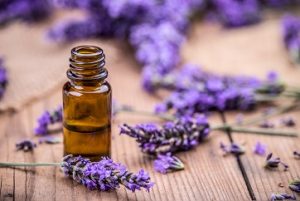Four Drug-Free Treatment Options for Back Pain Patients
Even a minor injury can cause some people to experience intense and persistent back pain. This pain can go down in a few days, or it can have longer-lasting consequences. Other people experience back pain because of poor posture, age, sagging mattresses, or family genetics.
Whatever the cause behind your aching back, you want to alleviate the pain, but you might think you don’t have any treatment options besides over-the-counter or prescription pain killers. Actually, you can find a variety of drug-free, relatively low-cost treatments that can reduce your pain and improve your quality of life.
Chiropractic Care
Qualified chiropractors use their hands and body to realign your spine and neck. In some cases, this means you can experience reduced back and joint pain without enduring invasive procedures or surgeries. Over time, chiropractic treatments can reduce pain, restore mobility, and increase flexibility. They can also relieve headaches from whiplash and neck misalignment.
Chiropractic treatment works best on acute back and neck pain. Your doctor may recommend that you seek chiropractic care in conjunction with over-the-counter painkillers and other treatments like massage.
In the event of a car accident, your insurance (or the other driver’s insurance) should cover your chiropractic treatments. Talk to your lawyer and insurance provider to learn more about chiropractic care and compensation in your particular case.
Massage Therapy
Like chiropractic care, massage therapy uses non-invasive spinal manipulation and muscle relaxation techniques to reduce pain. During a deep-tissue massage therapy session, a certified massage therapist will use his or her hands to smooth out your body’s muscles. This can lead to better circulation and blood flow, less muscle tension, and better muscle relaxation.
If possible, and with your doctor’s approval and recommendation, schedule several massage therapy appointments per month. Your back should feel more flexible and less painful.
3. Yoga
Most people with back pain find that motion and stretching can relieve stiffness and pain in their back. At the same time, they don’t want to participate in strenuous activities that could injure their back further.
For gentle, pain-relieving exercise, try yoga. A gentle yoga class can help you perform light stretches that strengthen and relax your back. Like chiropractic care, yoga poses can help your back realign. They’ll also strengthen your back’s muscles so your spine can retain its proper alignment.
4. Physical Therapy
If an accident has caused extensive back pain or a debilitating injury caused you to lose mobility and flexibility in your back, physical therapy can help you return to normal. While there are many different types of physical therapy, many of these focus on improving healing time and minimizing pain. According to a specialist from Ladah Law Firm, physical therapy can be used to treat certain types of nerve compression injuries in the back, which commonly occur after falls. A licensed physical therapist will work with you to lower your pain, increase your mobility, and help you learn exercises that maintain your increased mobility once you stop physical therapy.
Thanks to these four steps, you can reduce your back pain without resorting to more invasive treatments. Talk to your doctor to find out if any of these methods will work for you.
About the Author: Marlena Stoddard is a freelance writer who received her BA from University of Georgia.
If you are a licensed nurse then you may wish to review our Holistic Nursing Program and see if it matches your educational and professional needs.







